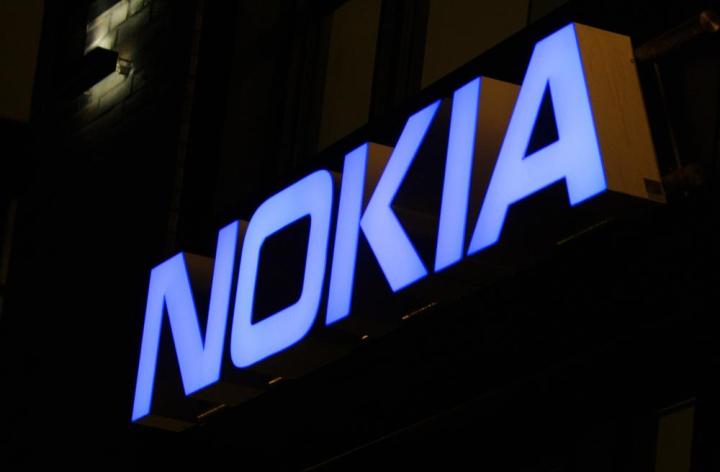
The recorded speed was achieved in a lab test in nbn’s North Sydney-based lab facilities that used a 98-foot wire, which showed speeds could possibly reach over 10Gbps using short wires. The test also used a 230-foot cable that could sustain a peak speed of 5Gbps. The two companies are striving to provide a constant speed of 2Gbps second or more across a 100-foot line.
“Although XG-FAST is still in its very early stages of development, the lab trials we have conducted demonstrate the huge potential that the technology offers,” said nbn CTO Dennis Steiger. “XG-FAST gives us the ability to deliver multi-gigabit speeds over copper lines – virtually on a par with what is currently available on Fiber-to-the-Premises — but at a lower cost and time to deploy.”
The XG-FAST protocol itself was successfully tested in February in a lab established inside Deutsche Telekom, conducted by Nokia subsidiary Alcatel-Lucent. The test proved that the protocol could push speeds beyond 11Gbps, which is 100 times faster than what consumers will find on telephone wire-based DSL internet services. The speed was reached using a Cat 6 Ethernet cable, although the testing also included a 164 drop cable that could sustain 8Gbps second.
Nokia’s G.fast technology builds on the foundation laid out by the second generation of Very-high-bit-rate Digital Subscriber Line, or VDSL2, that was amended last year to support a downsteam rate of 300 megabits per second and an upstream rate of 100 megabits per second. While VDSL2 uses spectrum up to 17MHz, G.fast widens the spectrum to 106MHz to push more data across the line. Future G.fast amendments will widen the frequency up to 212Mhz.
The problem with G.fast is that the high frequencies can’t be used on long lines. Thus, the actual internet connection is required to be close to the home with a short line connecting to the ISP’s modem. Moreover, Nokia suggests its multi-port G.fast solution so that the performance isn’t degraded due to stream-interfering “noise” that stems from combining the download/upload lanes in one line.
“Like VDSL2, G.fast lines are susceptible to performance-degrading crosstalk when combined in the same cable,” the company states here. “Our Bell Labs researchers have proven that crosstalk has a much greater impact on high-frequency G.fast lines.”
Current DSL services fight to keep up with cable-based broadband services. Verizon Wireless provides a DSL service that reaches up to 15 megabits per second downstream and up to one megabit per second upstream. The DSL services AT&T provides maxes out at six megabits per second downstream and 768 kilobits per second upstream.
Ultimately, thanks to the use of G.fast and the upcoming XG-FAST, internet providers can offer fiber-like speeds over telephone lines at a reduced cost. Fiber lines won’t need to be installed, and a G.fast/XG-FAST service can even reach customers where fiber can’t.


